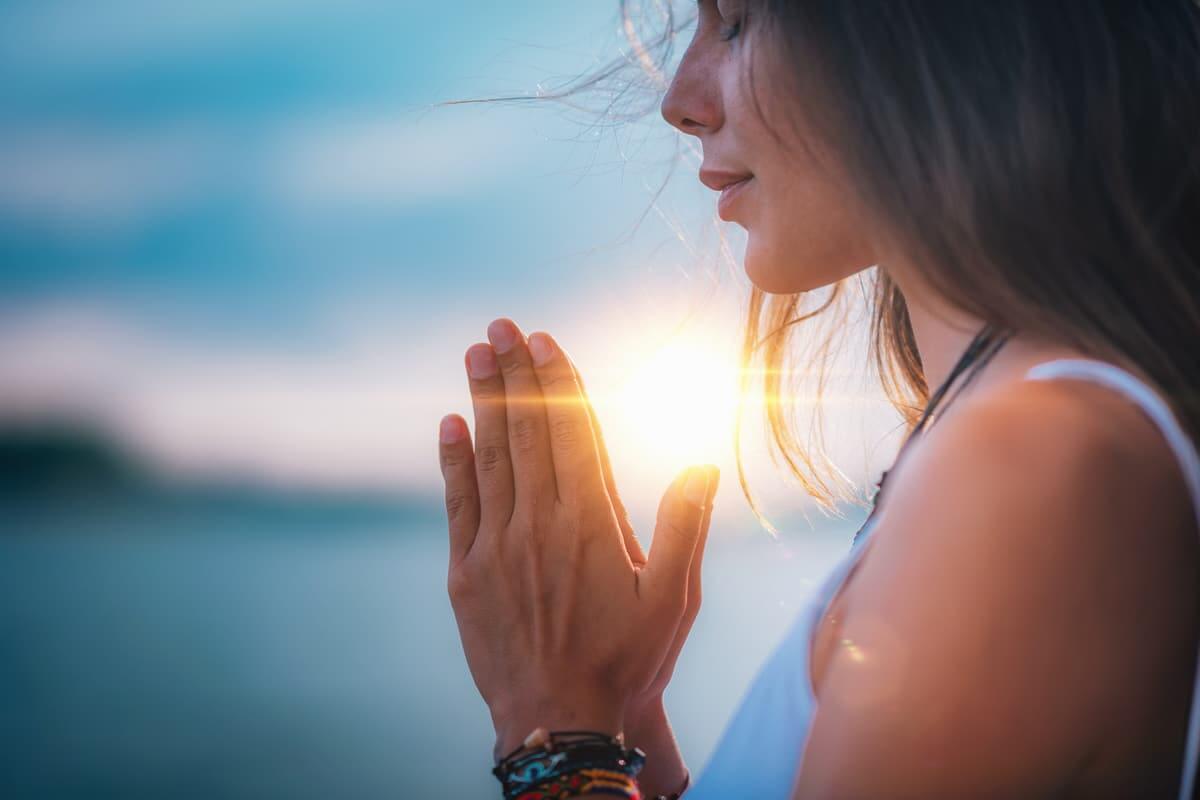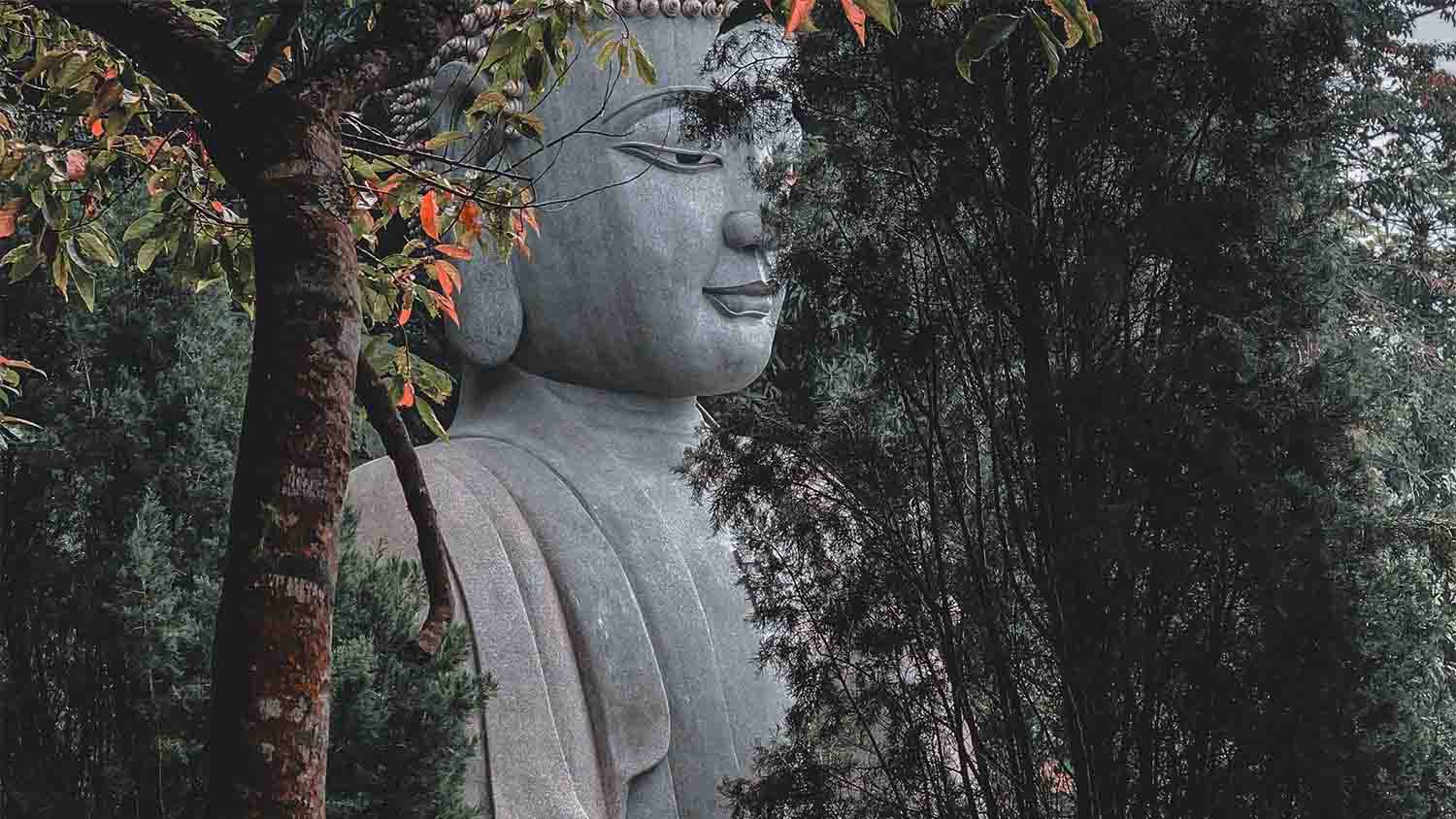The world flows around us. It lives. A sparrow trills. Light leaps into our eyes from a maple leaf. A mountain stream wets our lips. Someone touches our skin. Jasmine blooms. And with a trillion phenomena, our mind appears—a self with its peculiar take on life—a being that exists with others in what we call the ‘world.’
Billions of selves with trillions of impressions come and go like bursts of light. Governments, nations, and culture appear to frame our experience: red “is the color of fire and blood, so it is associated with energy, war, danger, strength, power, determination, as well as passion, desire, and love.”
We have our favorite shirt, our favorite pants, and shoes, or a beloved pair of boots. We have our religion. Our God. We have objects in our field of consciousness some of which are more tied up with how we think and feel than others: the way our partner chews his or her toast, or walks, or sits quietly reading, or laughs.
And when we go out to dinner with people (as COVID permits), sometimes conversation flows. The ordering process is harmonious and easy; it’s free from over-thinking and strategizing about who will pay for what and judgments about choices of food and drink. The dining experience goes better to the degree that we are able to share every level of ordering, eating, and enjoying (or not) the meal and conversation.
We can come together over and through sharing breakfast, lunch, dinner, coffee, or tea. But a meal can also polarize us. The same with entertainment, religion, or politics. We want to get along and connect with others, but we want to be loyal to our likes and dislikes, so we’re attracted to those who share and deepen the things we enjoy, less those who frustrate our desires. We may wish, for example, to live in a small house by a river and fill our days with angling. Perhaps we want to move back to our native land. The other says, “But I don’t understand. I like my life here. What’s wrong with life as it is? ” And with these words, a division appears between two souls who cannot know each other until the gap is closed.
When human lives separate, one must choose whether to reunite one’s self with another: “How can I explain to him or to her what it means for me to live in my Native Land. Ought I to explain?”
And so, the innumerable sensory inputs that form our inner world—our vision, imagination, and values—and the world outside us—the lines of the mountains and stones, the size of our bank account balance, our contracts and obligations—the totality of this sense data creates clefts between humans, differences to which we must attend. Do I close this gap? Do I move closer to this person but away from myself—or closer to myself but away from this person?
Perhaps like the salmon that returns to the source from which it was spawned, we seek to become whole, as if being whole is to destroy separation—to solve the problem of having or not having a spouse, a house, a child, more money or a different job. We assume that to unite with the object we desire is to be happy. We don’t see the possibility of happiness if we are separated from what we desire.
Indeed, we are compelled by a natural drive to get what we want. But sometimes we want two things that are at odds with each other: I want religious life. I want a family. Can’t I have both? So, someone tells us that we can have both—and we follow them. But in this following, we don’t have a real religious life, which tells us that we must abandon everything. We have a family, which, however fulfilling, promises to bring suffering (though it be a suffering that makes our life meaningful for having devoted our life to another: to our nine-year-old, our thirteen-year-old, until—if ever, they marry, and live independently of us. Free.)
If family is our Native Land (we have a sunny house with good food and cozy beds. The house is surrounded by trees, full of smart, dazzling friends, and loveable pets. A workshop for our hobbies. Letters of gratitude from our favorite charities. Plans for family travel. Time for cooking, reading, and magazines.). Are we happy?
If religion is our ideal and we realize it—are we happy?
Is it enough to have family, religion, or a brilliant career without the ability to share it with others — without the ability to share it with all in such a way that others are happy for what we’ve attained?
Why do we love the holy ones—which is to say, loveable ones?
We love not what we know but what knows us—what we know knows us.
Sharing ourselves with the thing or person who knows us as much as—or more—than we know ourselves is intimacy. But we tremble at the thought of such intimacy. Because the thing that knows us better than we know ourselves can control us—or guide us. And such a person can close the gaps in us — as no other thing can.
We have, on the one hand, the need to open, connect, and be known. And we have, on the other, the need to control the world—this ocean of sensation—according to our design.
So, the highest happiness is to open and to be opened by one we love, trust, and respect. We dedicate our lives, therefore, to finding this person. This will certainly be the person to whom we devote our soul—the person to whom, with whom, and for whom, we open and live.
[gravityform id=”8″ title=”true” description=”true”]






